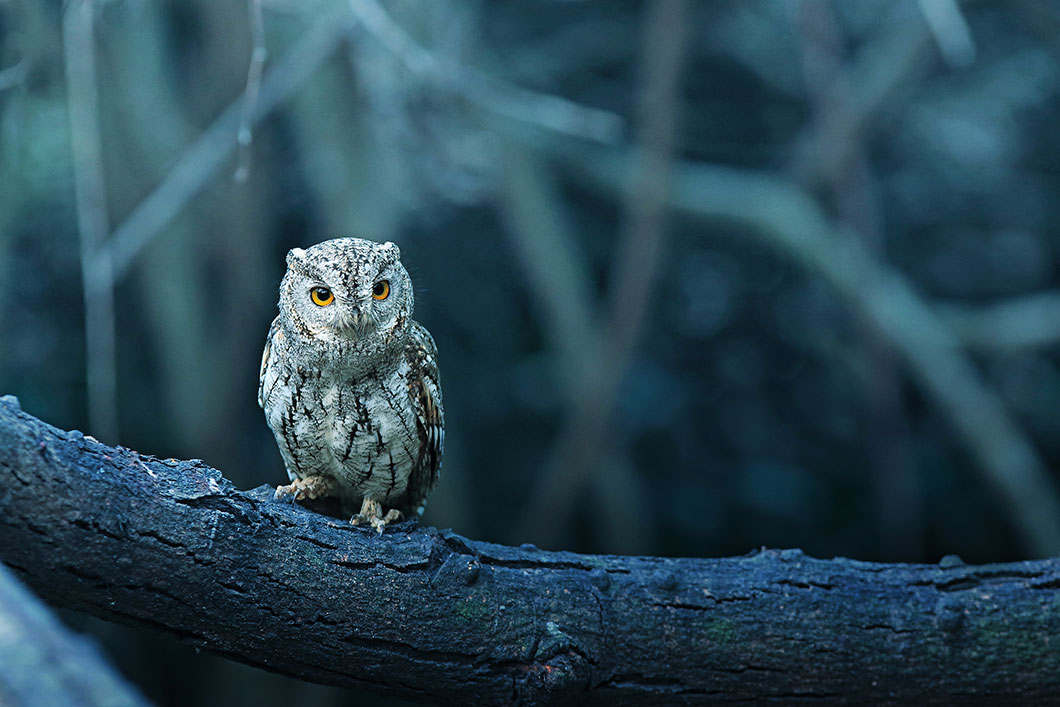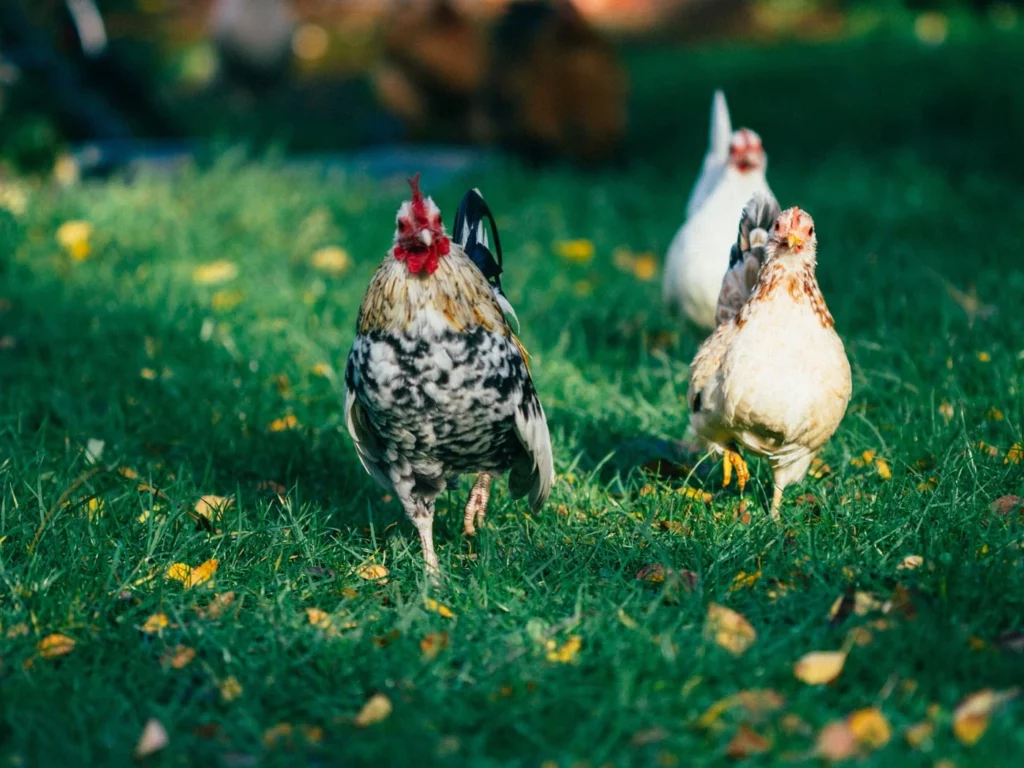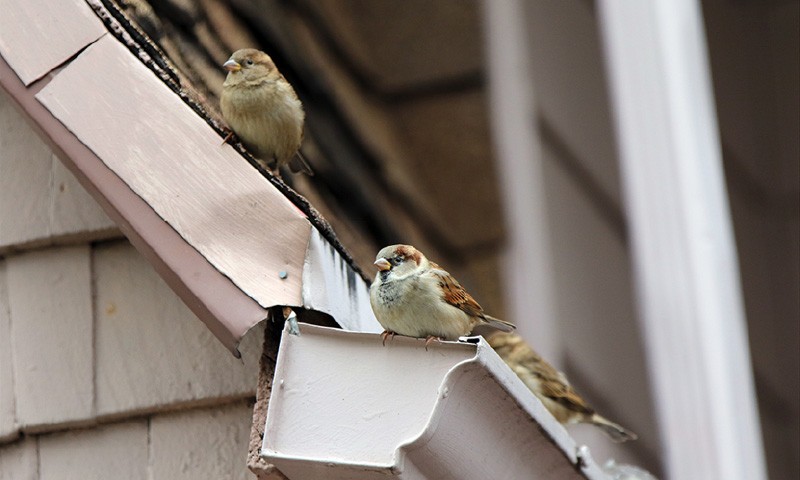
Owls are among the most fascinating and mysterious birds of prey in the world. While many people know a little about these birds of prey, some facts about owls can surprise even the most experienced birders.
Owl Trivia
There are more than 150 species of owls in the world, and some counts indicate more than 220 species depending on how different owls are classified. The greatest diversity of owls is found in Asia, and only 19 species of owls are found in the United States and Canada.
Owls are found in all different habitats and there are different species of owls found on every continent except Antarctica. The largest number of owl species are found in forested habitats, but they can be found anywhere prey is abundant, including urban and suburban areas.
All owls have an upright posture and forward-facing eyes that give them binocular vision, just like humans. However, owls’ eyes are not spheres, but are tubes that give better depth perception and allow them to see their prey at great distances, but their vision is not as clear.
Many owl species have asymmetrical ears of different sizes and heights. This gives the birds superior hearing and the ability to locate prey, even if they can’t see it.
Several species of owls have ear tufts on their heads, but they are not ears at all. These tufts of feathers can indicate the bird’s mood, help camouflage it by mimicking branches or leaves, or be used to show aggression.
An owl’s flattened facial disk intones the sound of the bird’s ears and magnifies it up to ten times to help the owl hear sounds that humans cannot detect. Different owls have different shapes of facial disks, and this shape can be useful in identifying owls.
An owl’s eyes are supported by bony sockets and they cannot turn their eyes. Instead, owls turn their heads up to 270 degrees (135 degrees on each side), but they can’t turn their heads all the way around.
An owl has three eyelids: one for blinking, one for sleeping and one for keeping the eyes clean and healthy. The third eyelid is also called the nictitating membrane, and many other birds have it too, including other raptors.
An owl can eat up to 1,000 mice each year, usually by swallowing them whole. Many farmers use barn owl boxes and other tricks to try to attract owls to help control rodent populations in agricultural fields.
Owls are carnivorous and eat rodents, small to medium-sized mammals, nocturnal insects, fish and other birds, including smaller owls. After digesting their food, owls regurgitate hard pellets of compressed bones, fur, teeth, feathers, and other materials that they cannot digest. Birders study these pellets to learn more about an owl’s diet.
Owls have zygodactyl feet with two toes pointing forward and two toes pointing backward, and all their toes have sharp claws. This gives the birds a stronger, more powerful grip so they can be more effective predators.
Owls have specialized feathers with varying degrees of softness that help muffle sound when they fly. Their broad wings and light bodies also make them nearly silent fliers, which helps them stalk their prey more easily.
For most owl species, females are larger, heavier and more aggressive than males. If the birds are dimorphic, the female is often more richly colored than the male.
Not all owls hoot, and owls can make a wide range of other sounds, such as calls, hisses, barks, grunts, rattles, and whistles. During the nesting season, owl calls can often be heard up to a mile away. Female owls generally have higher voices than their mates.
Not all owl species are nocturnal. How often an owl is seen during the day depends on the seasonal amount of daylight and darkness, food supplies and habitat. In times of stress or when food is low, owls may hunt at any time just to get enough food.
Most owls do not migrate, but they may be nomadic in their search for the best food sources. Some species, such as the snowy owl, have regular irruptions and sometimes appear unexpectedly far from their regular range.
A group of owls is called a parliament, wisdom, bazaar, or study. Owls are called owls.
Owls were found in the fossil record 58 million years ago. The largest recorded owl fossil, Orinmegalonyx oteroi , was about three feet tall.
Owls have long been cultural symbols and have been found in cave paintings in France, Egyptian hieroglyphics and even Mayan art. Today, owl superstitions and legends associate the birds with bad luck, death, and soul-stealing in many cultures.
The greatest modern threats to owls are habitat loss, pesticides that poison the birds and their food, and human persecution due to negative superstitions. Vehicle collisions, fences and even well-meaning birders can also be dangerous to owls.








